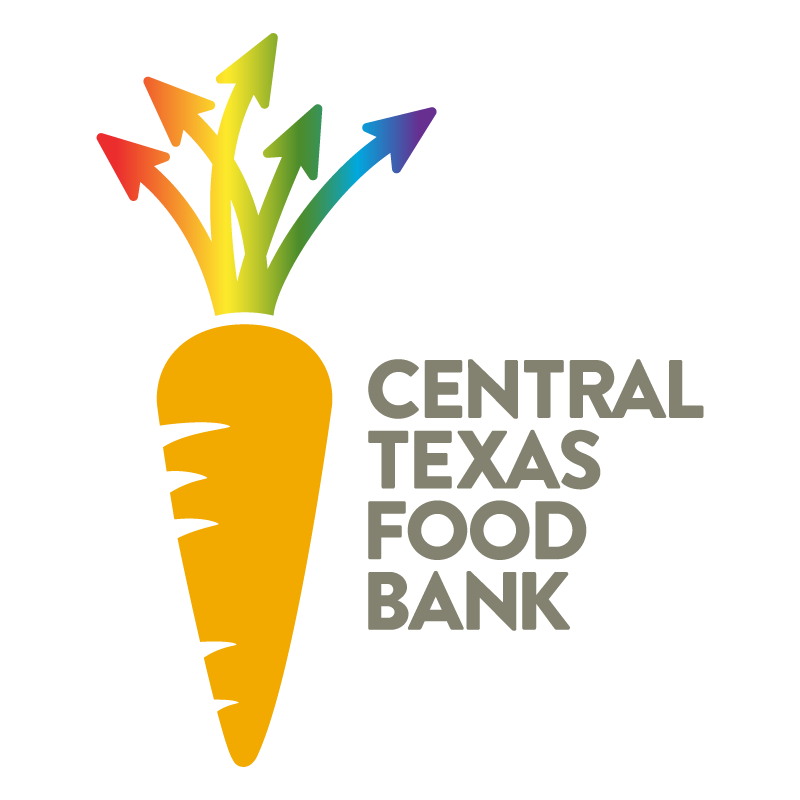Aug18
For nearly 46,000 Central Texans each week, the fuel for a better day and brighter tomorrow starts with the Capital Area Food Bank. The recently released Hunger in America 2014 study provides a snapshot of what it means to make ends meet in Central Texas with the support of the Capital Area Food Bank of Texas and the nearly 300 charitable partners we work with. We know from a previous Feeding America study that more than 1 in 6 Central Texans and nearly 1 in 4 Central Texas children is at risk of hunger. In this new study, we explore how well we are reaching this staggeringly large population, what brings them to our doorsteps and how best to tailor our services to meet the need. Hunger in America 2014 not only shows the face of hunger but also provides guidance on what we need to do about the hunger crisis facing our community.
This video by Feeding America provides a good overview of what type of data is available in the study.
Key Facts About Hunger Relief in Central Texas:
- Data from the Hunger Study, plus our own internal data shows nearly 46,000 Central Texans across 21 counties rely on our services each week, one-third of whom are children.
- The majority of our services reach families with a roof over their heads. 93 percent of Food Bank clients are NOT homeless.
- Families are working but don’t make enough to make ends meet. Nearly two-thirds of our client households had at least one working adult at home in the last year.
- Tough choices about basic needs are part of daily life: 80 percent of our clients had to choose between paying for food and paying for medicine or medical care in the past year. Two-thirds had to choose between food and housing.
- Our clients are ethnically diverse, split nearly evenly in thirds among white, African American and Hispanic populations.
- Over 60 percent of our clients must rely on receiving food from us or one of our Partner Agencies as a part of their everyday food planning
- Food stamp benefits fall short of their goal to prevent disrupted eating. For 88 percent of our clients receiving food stamps, benefits run out in three weeks or less each month.
For more details, about this study and other data about the hunger crisis in Central Texas, please visit our website.
Category






